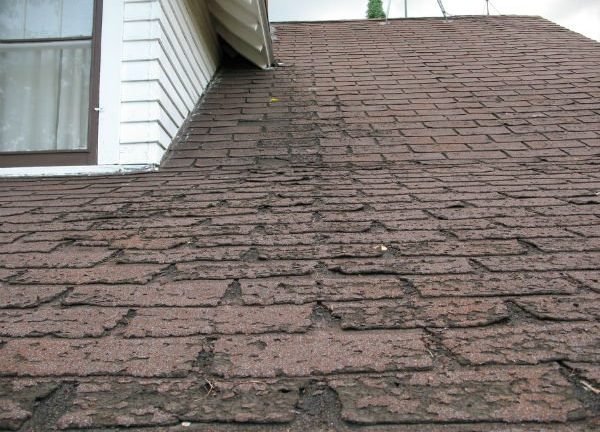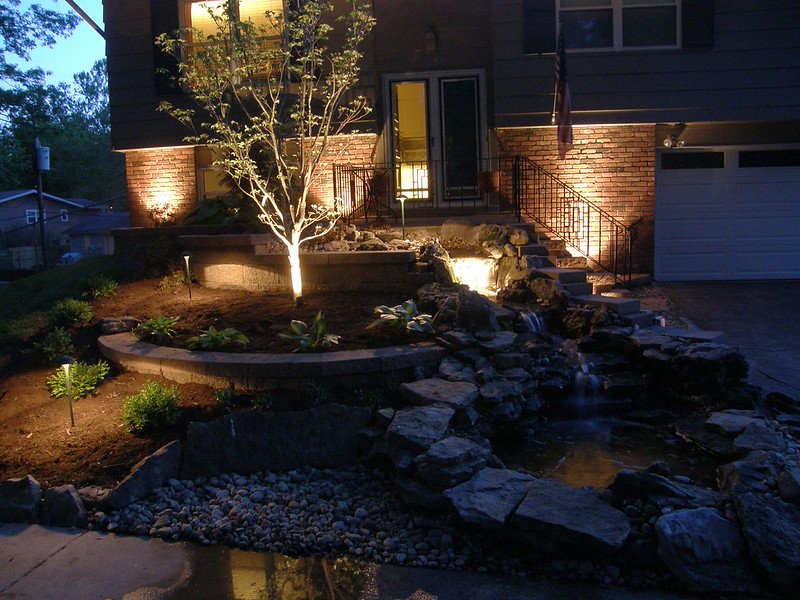Are you considering a roof replacement? Would you know if you did? At times, the signs can be pretty noticeable, but other times they aren’t. A fortified roof above your head is extremely important if you’ve become acclimated to having a warm, comfortable, and leak-free home. Here’s how to find and address potential issues before they become very difficult to manage.
Right off the bat, on your undertaking to figure out roofing, you’ve probably come across the “25-30 year rule” for a roof’s lifespan. That figure is used as a benchmark. A great many residential roofs need replacing within that window. However, there are many factors at play, and all roofs are unique.
All roofs take a tremendous amount of external wear and tear throughout each passing year. Sunlight, strong winds, tree damage, wildlife, tropical storms, rain, or extreme weather conditions – all of these have an impact on a roof’s lifespan. How often your roof needs to be replaced depends on many factors:
What kind of weather is experienced.
- Timely maintenance and preservation.
- How old the materials are.
- How good the materials used are.
- Building and design.
- Upkeep with minor repairs.
- If wildlife was kept away.
- External debris buildup.
- You Have An Old Roof
Before inspecting your roof for cracks, breaks, and other wear and tear, an important initial consideration is its age. A roof that is 15-20 years or more may require a complete replacement, even if the roof itself appears in quality shape from the naked eye. Older roofs were often built with roofing materials that are no longer useful or considered durable by today’s standards. Suppose your roof is closing in on 20 years old. In that case, it may be time for a complete inspection and potentially investing in an entirely new roof altogether, especially if your roof has been laid over a previous roof installation.
Begin By Inspecting Your Roof From the Inside Out
The first and simplest way to gauge your roof’s condition is to grab a flashlight and head up to your attic. Ensure to hold a flashlight with a bright beam, so you don’t miss any damage, and always be conscious of your safety as you perform these kinds of inspections.
Upon arriving in your attic, try to identify one (or several) of these four signs that you need a new roof
-
Sunlight Shining In Through The Roof
Before turning your flashlight on, try to identify any beams of light coming through cracks or holes in your roof. If you spot any light coming through your roof, repair or replace your roof as soon as possible. If the light is getting through your roof, then water is getting through your roof.
-
Dark Streaking & Stains
This one is also relatively easy to find. If you see dark stains or dark streaks on the underside of your roof or running down the walls from the base of your roof, then your roof is likely leaking, and moisture is deteriorating both your roof and your home’s interior structure.
-
Sagging Areas
Much like how a soggy cardboard is weak, water can also make the structure of your roof begin to sag. If you identify sagging sections of your roof, use your hand or a broom to prod at the sagging spot lightly. If the spot is wet or moves around easily with the prod of your broom, you know you have moisture damage.
-
Water Damage
Besides just checking for dark streaks and sagging sections, make sure to look for any present signs of water leaking or rotting your roof on the inside. If you locate any clear signs of water damage, you should immediately call a roofer to evaluate your roof.
Curling Or Missing Shingles Are Visible
The issue with most roofs is that they’re ignored and out of sight. Usually, not checking the roof unless there is a stain or dark spot viewable from the street or yard.
Weathered or dilapidated asphalt shingles are quite easy to spot if you search for them. Completely missing shingles may be replaced one by one, but it’s typically an indicator of a bigger issue. Likewise, large areas of cracked or loose shingles (or those that are visibly falling apart) indicate that your roof needs a replacement.
Shingles can curl in two ways – cupping when the edges turn upward or clawing when edges remain flat and the middle starts coming up. Both of these situations could mean that:
Moisture has built up beneath the shingles because of poor ventilation in the attic.
Shingles were poorly installed.
Blistering and direct sunlight wears shingles down in short order.
Bald spots on your shingles mean that the granules have begun falling off, exposing the asphalt underneath. Tip: examine your gutter system for shingles granules. If rain carries them into your gutters, it’s more than likely you need a re-roof.
Moss, Dark Spots And Algae Growth
Moss begins growing on roofs that don’t get a lot of sunlight, especially in colder climates. Moss holds moisture against the surface, which can cause damage.
Are we noticing algae or other types of nature growing on top or out of your roof? If so, don’t worry. Our natural environment tends to increase over any artificial building in its path if it is not adequately cared for and maintained.
When looking over your roof and the algae you have noticed, make sure to do so by inspecting both the interior and exterior of your roof. While most algae growths are likely to be visible from the outside of your roof, if there is a larger issue at hand, nature could also be growing on its own indoors without your knowledge.
Most of the time, eliminating the algae from a roof is a way to fix the issue without further investments or repairs rapidly. However, if there is substantial growth on your roof or inside the property, the recommendation is to work with a professional to determine the root cause and reason for the growth.
When a roof has been covered in growths in nature, you may need to replace the roof in its entirety to stop the process in its tracks.
The good news is that moss growth and buildup aren’t typically indicators that you must repair or replace your roof. Rather, moss is more of just an eyesore to your roof and one that is quite common in humid geographic regions.
If, in the end, you do require a full roof replacement, there then becomes a number of decisions in the near future. Beginning with the roofing material to use, will you stick with asphalt or consider metal? Which roofing company will you hire? If by chance, there’s a valid insurance claim. Many homeowners having liquid cash to get a new roof may not be viable. There are financing options available for qualified homeowners offered by reputable roofing contractors. Be sure to do proper research prior to making your choice of contractor.





